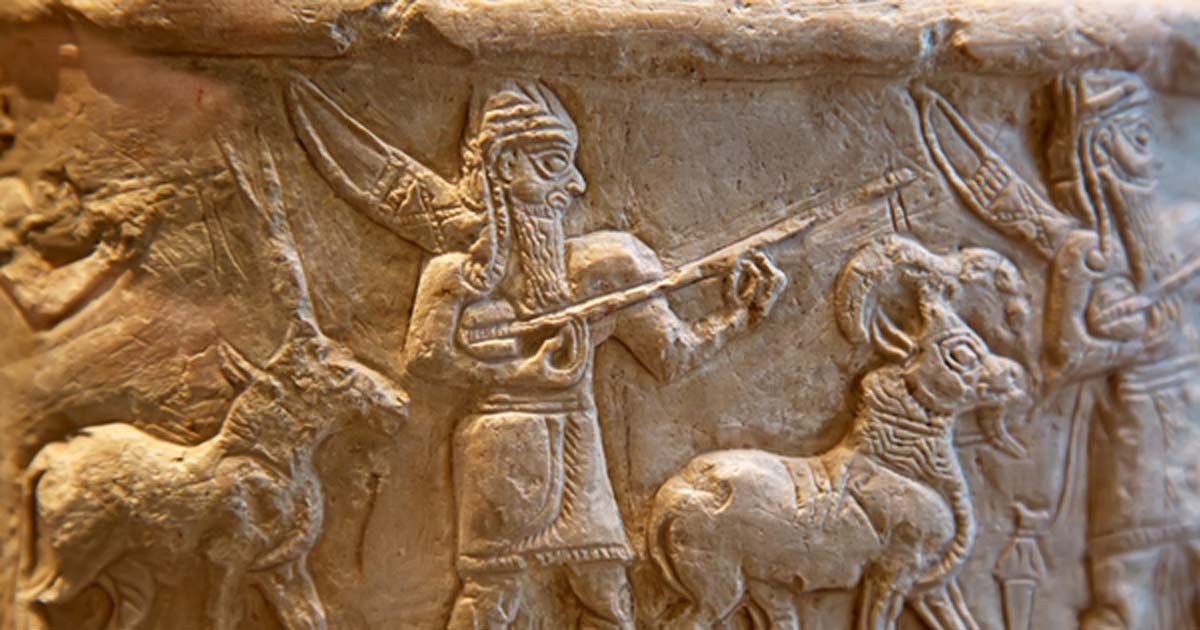

According to a long-known Sumerian “Flood” -story, Dilmun, the land to which Ziusudra, the Sumerian Noah, was transported to live as an immortal among the gods, is “the place where the sun rises,” and was therefore located somewhere to the east of Sumer. With this in mind, I searched the Sumerian literary works for possible clues and came up with the tentative hypothesis that Dilmun, a land mentioned frequently in the Sumerian texts and glorified in Sumerian myth, may turn out to be the Indus land or at least some part of it. There is, therefore, good reason to conclude that the Sumerians had known the name of the Indus land as well as some of its more important features and characteristics, and that some of the innumerable Sumerian texts might turn out to be highly informative in this respect. That there was considerable commercial trade between the two countries is proved beyond reasonable doubt by some thirty Indus seals which have actually been excavated in Sumer-and no doubt hundreds more are still lying buried in the Sumerian ruins-and which must have been brought there in one way or another from their land of origin.


There is, however, one possible source of significant information about the Indus civilization which is still untapped: the inscriptions of Sumer, approximately six hundred miles to the west of the mouth of the Indus and separated from the Indus land by the Arabian Sea and the Persian Gulf. but as of today not a single sign of the Indus script has been deciphered and read satisfactorily, and until some bilinguals are discovered, the available Indus inscriptions will probably remain a closed “book.” There is some likelihood that these inscriptions record the names of the individuals and places, and if so, they could be most revealing for the ethnic origin of the Indus people. But the inscriptions recovered to date consist of very brief notations on steatite seals, clay sealings, pottery stamps, and small thin copper plates usually they contain no more than half a dozen signs, and the longest has less than twenty.

Moreover, since the reading and writing of this script had to be studied and learned by budding scribes, there is every reason to assume that there were schools scattered throughout the land with a formal system of education. To be sure, the Indus people did have a well-developed system of writing consisting of some four hundred pictographic signs with conventionalized syllabic values. Seals excavated at Lothal, with same script as Mohen-daro And practically nothing at all is known of its ethnic and linguistic affiliations indeed the very name of this ancient Indus land is still a mystery. On the other hand, but little is known of the social, political, religious, and intellectual life of the ancient Indus people, and that little is based on conjecture and surmise. Much of the material culture of this civilization is now known: the well-planned streets and structures of its cities and towns its tools and implements of stone and metal its pottery and vases its beads and bangles its stone sculptures and terracotta figurines. One of the most significant and impressive archaeological achievements of the twentieth century centers around the discovery of the ancient Indus civilization which probably flourished from about 2500 to 1500 B.C., and extended over a vast territory from the present Pakistan-Iran border to the foot of the Himalayas and to the Gulf of Cambay.


 0 kommentar(er)
0 kommentar(er)
